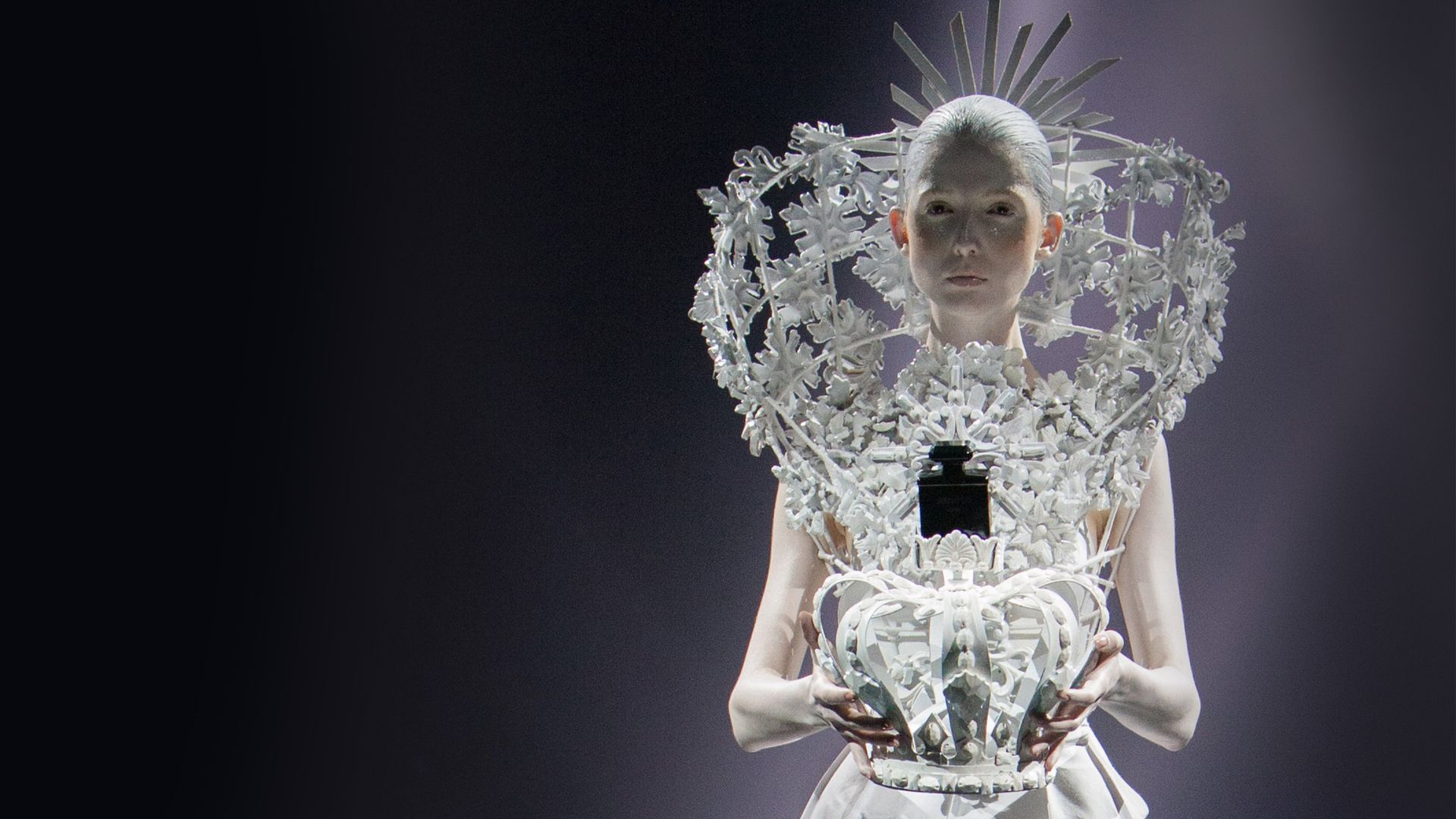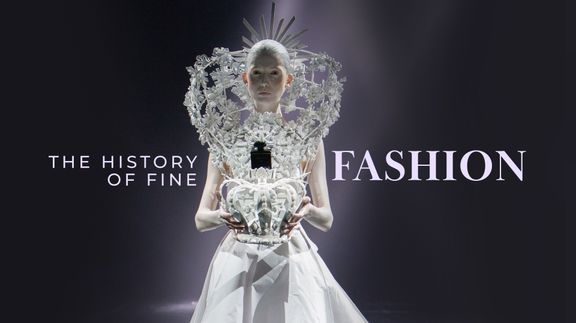

The History of Fine Fashion
This series offers an easy visual presentation to the history of the art and style of dressing. From the elegant era of Roman togas to miniskirts and the current "Porno-Chic" style, the series offers a voyage through time and a look at how the evolution of fashion mirrors religious, cultural and political trends. The central theme is how is the art of dressing has been fleeting and changing, yet constant all the while. Major fashion designers such as Christian Lacroix, Stefano Pilati, John Galliano share their passion and explain their debt to these five historical periods which have brought them inspiration.
This series offers an easy visual presentation to the history of the art and style of dressing. From the elegant era of Roman togas to miniskirts and the current "Porno-Chic" style, the series offers a voyage through time and a look at how the evolution of fashion mirrors religious, cultural and political trends. The central theme is how is the art of dressing has been fleeting and changing, yet constant all the while. Major fashion designers such as Christian Lacroix, Stefano Pilati, John Galliano share their passion and explain their debt to these five historical periods which have brought them inspiration.
Related Articles
View All5 Coco Chanel Fashion Innovations Beyond the LBD
Coco Chanel revolutionized women’s fashion with the Little Black Dress, the tweed women’s suit, and more. Beyond those radical shifts, her designs brought comfort and practicality…
Stepping Out: A History of the Little Black Dress
The idea for the “Little Black Dress” was Coco Chanel’s, but black dresses have been worn by women for centuries. They have been in and out of favor over time, but the LBD…
Diana Vreeland: Iconic Prophet of High Fashion
Diana Vreeland brought an independent verve to American style starting in 1939 as fashion editor of Harper’s Bazaar. Her magazine work gave women permission to create their own…
The First Cannes Film Festival: Canceled by War … Celebrated 80 Years Later
The Cannes Film Festival’s origin contains the makings of a great wartime thriller: a freedom-loving faction squares off against threats from Nazis and fascists. Is all lost?…
Seeing through Art: Waldemar Janusczcak’s Iconoclastic Vision
Viewing art can be a solitary, sometimes confounding experience. Waldemar Januszczak is seeking to change that by hosting TV documentaries on art that feature his accessible yet…
4 Women Impressionist Artists: Confronting Barriers in the Avant-Garde
Marie Bracquemond, Mary Cassatt, Eva Gonzalès, Berthe Morisot – these painters, all affiliated with the Impressionist art movement, have not received the attention given their…